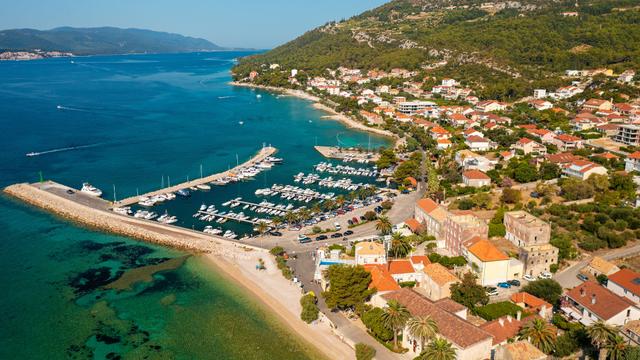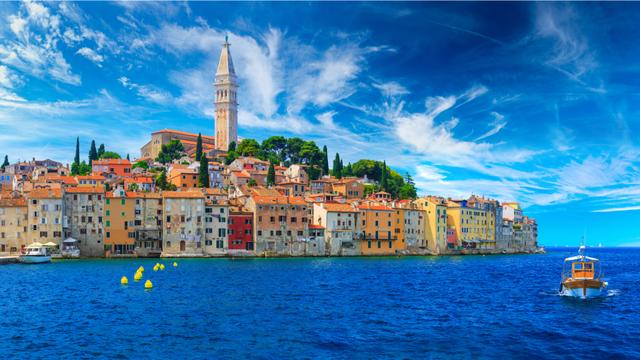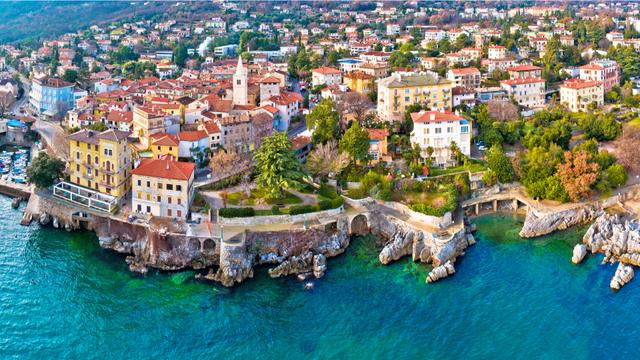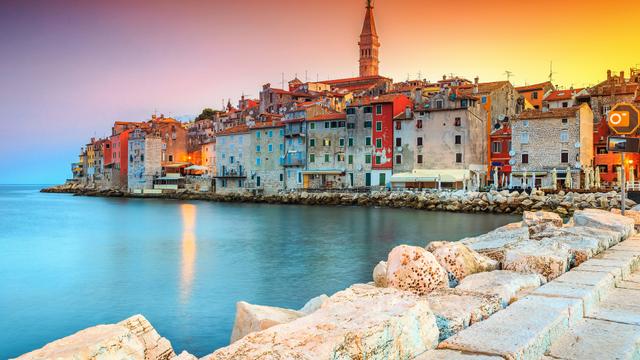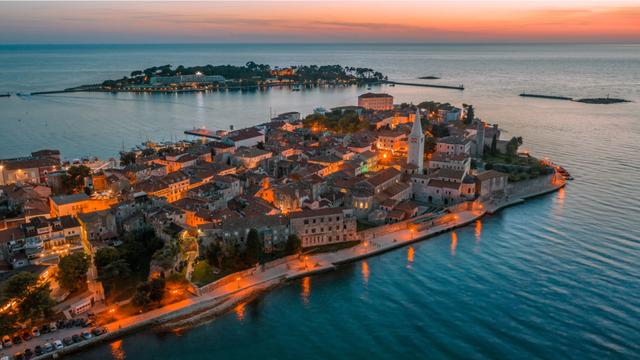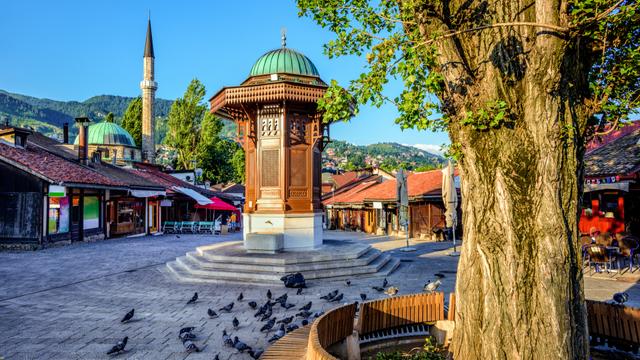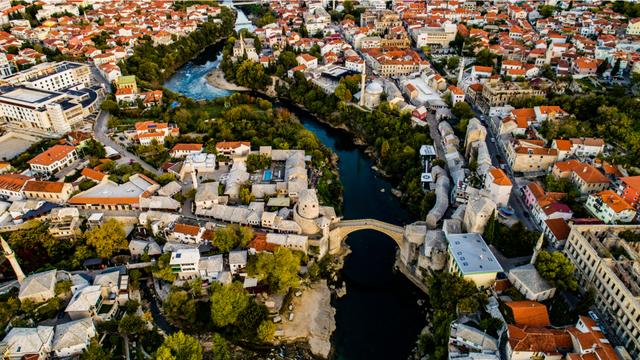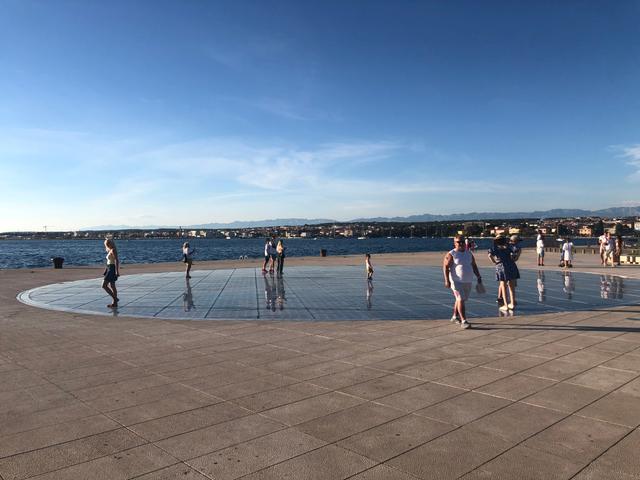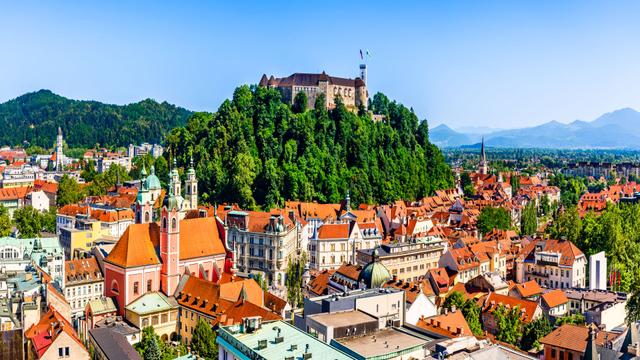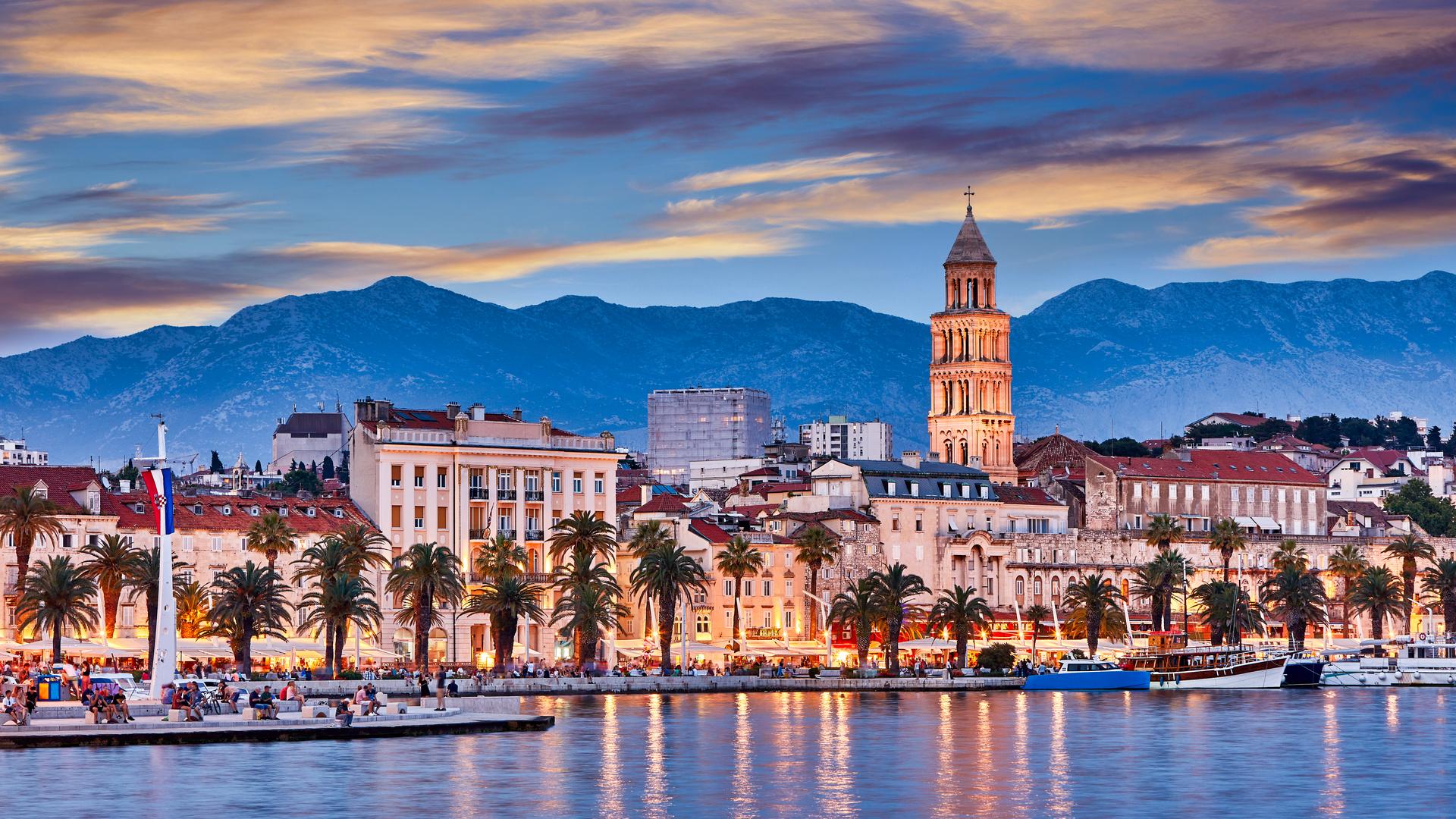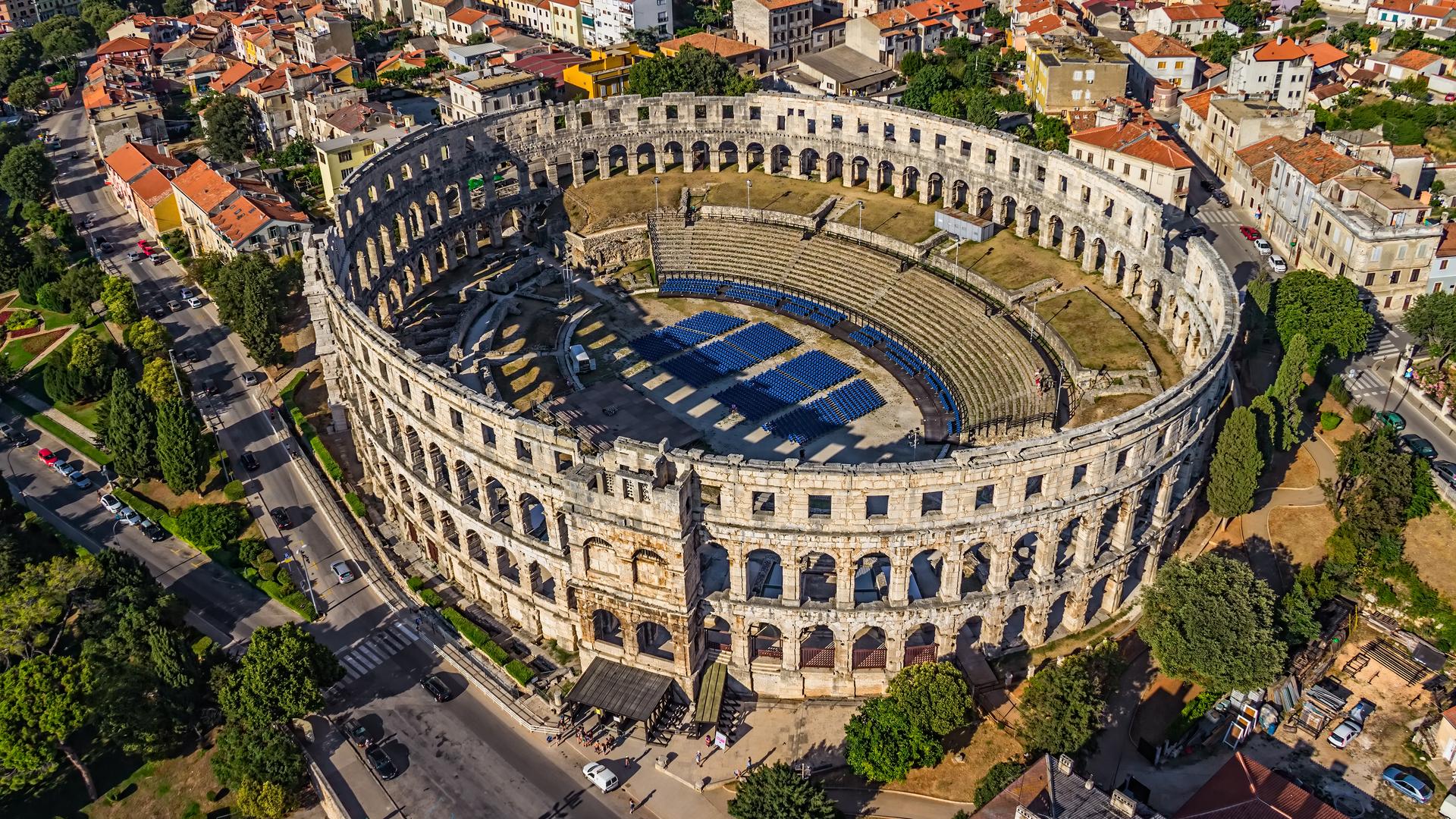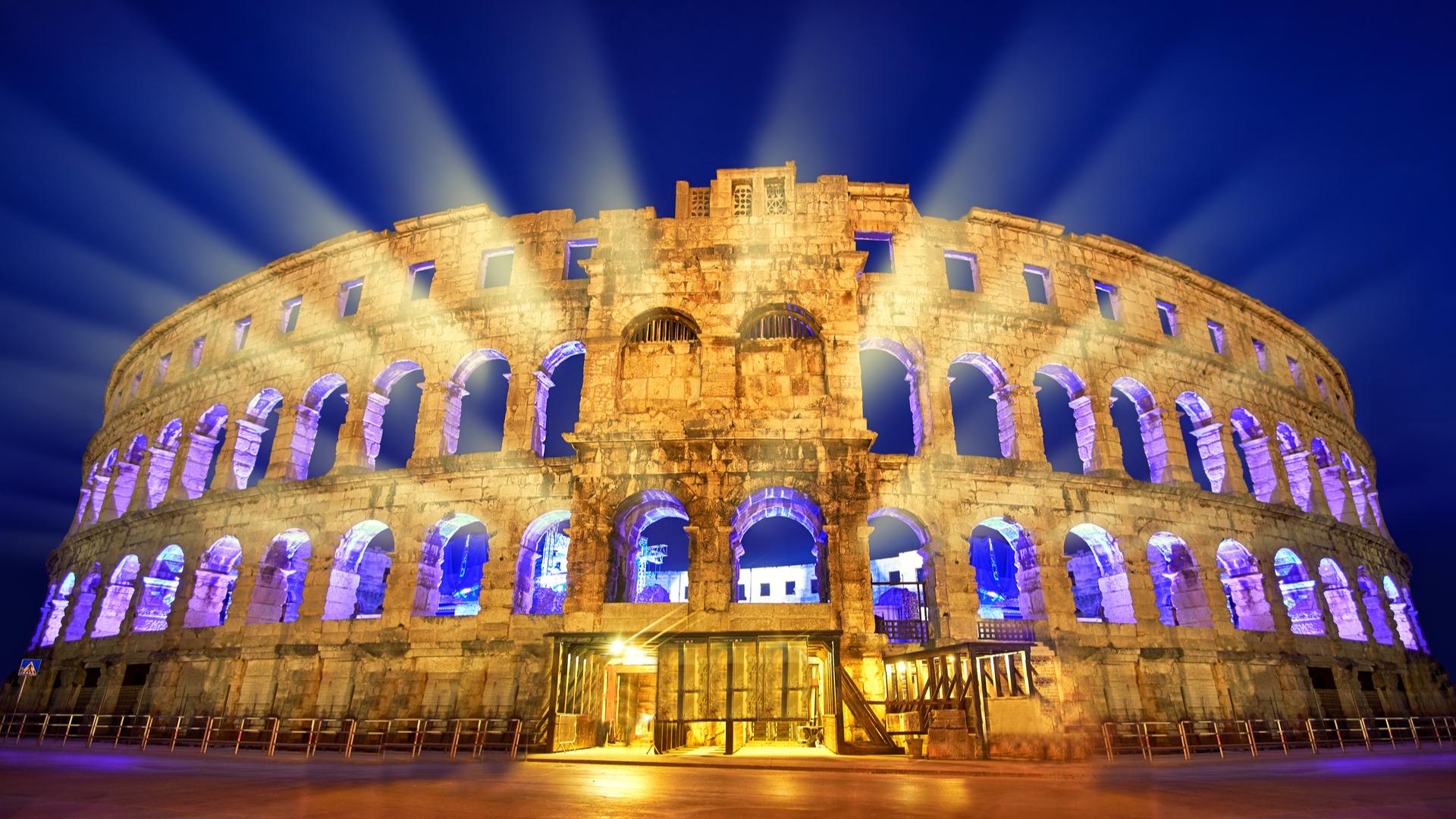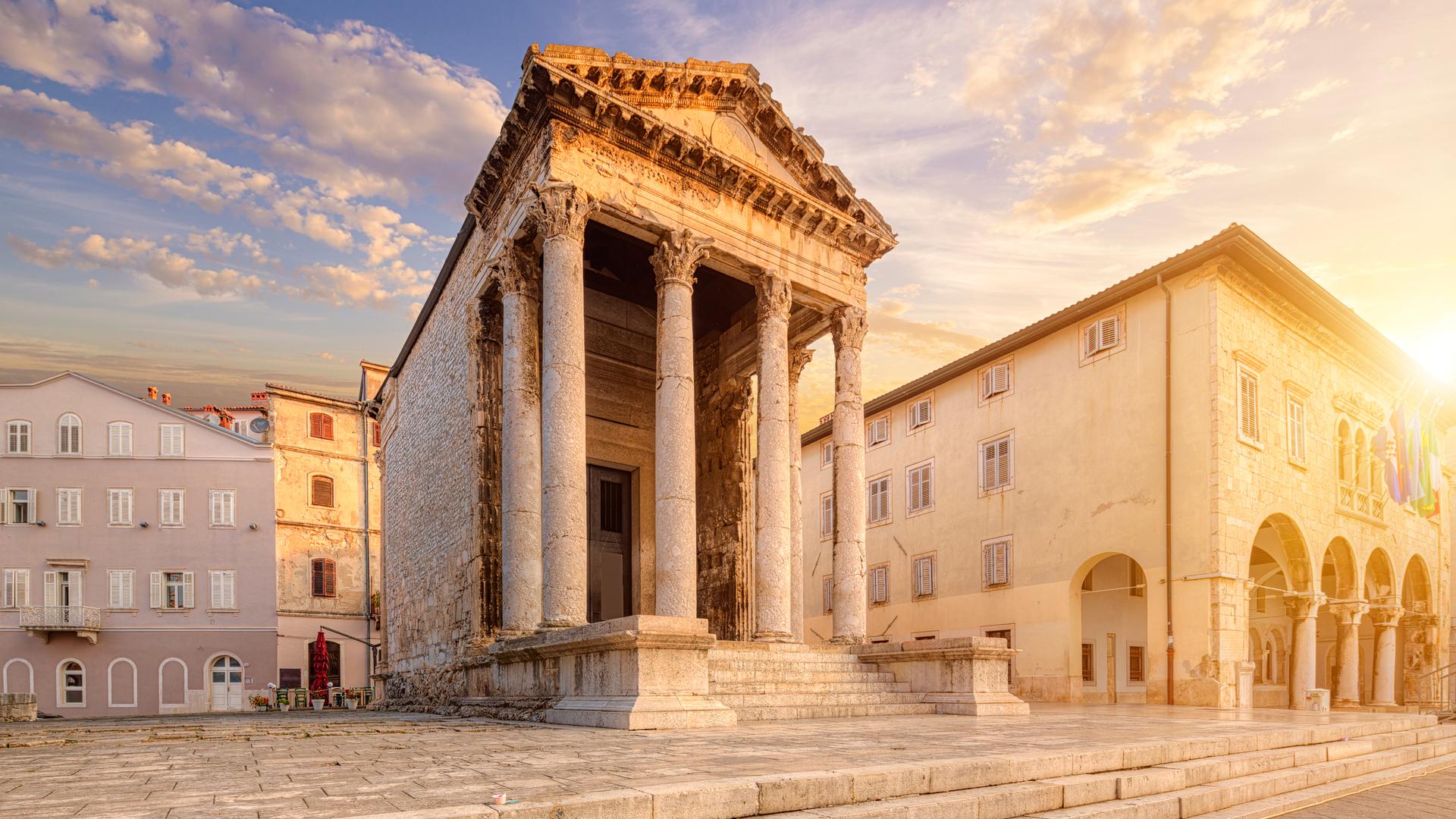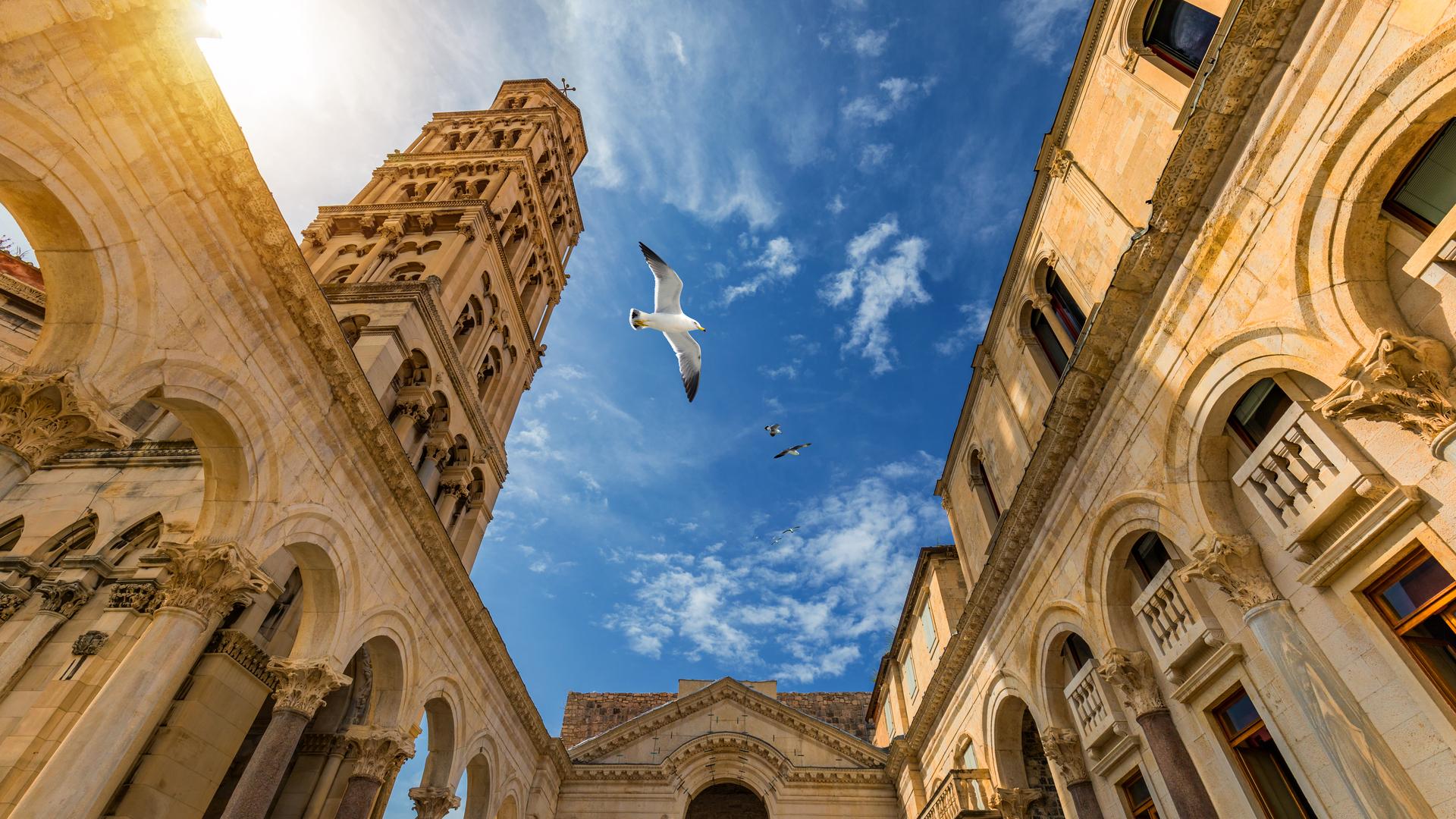Split - Pula
Similar popular transfers:
Private transfer from Split to Pula
The best way to go and visit Pula is to book a private transfer from Split to Pula.
MaciTours is a Croatian transfer service which offers the best prices for a private transfer. MaciTours has at its disposal a fleet of luxurious and premium vehicles that will make your transfer as comfortable as possible.
Pula is located some 500 km from Split and the duration of your transfer is about 5h.
The prices for a Split to Pula private transfer start at 400 euros (the price is per vehicle, not per person).
How to get from Split to Pula?
Every summer You get asked How to get from Split to Pula. You need to come fast and easily in Pula. Like we mentioned above, the fastest and easiest way to get from Split to Pula is to book a private transfer from Split to Pula with MaciTours, Croatian transfer service. Private transfer between Split and Pula You can book easily in less then one minute using our booking form. After You have made a successful booking You don't need to worry about anything.
That is not the only way How You can get from Split to Pula. You can also take a bus which operates daily, average price is between 40-50 euro per person and it drives about 06h30min . Another option is to take taxi in the town of Split but that will be more expensive then private transfer and You don't know what You can except.
A few facts about Pula
Pula is an old and beautiful sea town at the tip of the Istrian peninsula in north-western Croatia.
Its history started about 3000 years ago when it was built by Illyrians.
177 BC the Romans occupied Istria.
After the destruction of the Western Roman Empire, the Istrian peninsula was devastated by Ostrogoths.
Slavs came in Istria during migration period in 7th century but mostly lived on countryside.
Official rulers in Pula changed quite frequently in the Middle Ages, from the Republic of Venice to Genoa, to Illyrian Provinces and Austria--Hungary until World War I, when it was given to Italy and after the Second World War, it became part of communist Yugoslavia.
In World War I, the port of Pula was the main base for Austro-Hungarian dreadnoughts and other naval forces of the Empire.
Ever since the collapse of Yugoslavia in 1991, Pula has been part of the Republic of Croatia.
Its interesting to note that Pula was quoted by the famous Italian poet Dante Alighieri, who had visited Pula, in the Divine Comedy:As Pola, along the Quarnero, that marks the end of Italy and bathes its boundaries.
The famous Irish writer James Joyce lived here, teaching English mainly to Austro-Hungarian naval officers stationed at the Pula base, from October 1904 until March 1905. A statue of the writer stands in Pula in his honour.
What to see while in Pula
The Arena is the 6th largest surviving Roman amphitheatre. Various Venetians had plans to take it to Venice stone by stone as demonstration of the might of the Venetian empire.
Many stones were taken to build houses and other structures around the city, but fortunately this practice stopped before the whole structure was destroyed.
Entry gives you access to wander inside the Colosseum and visit the caverns beneath.
The Forum is the main square in the centre of the city, built on the site of the ancient Roman forum, where the city hall stands, built in the 10th century (parts of an old temple were used for the building as it can be seen on the rear side of the hall), as well as the Temple of August, dating to the first century.
There are three great arches from the ancient Roman era, the Golden gate, a triumphal arch, the Twin gate and Hercules gate.
The Kaštel, a Castle from the 17th century that houses the Istrian history museum is popular among tourists.
The Little Roman theatre is located behind the Archeology museum and is also worth seeing.
Not far from Pula lie the Brijuni islands, a Croatian national park, famous for their scenic beauty. They were also settled in Roman times and were part of Republic of Venice, but are most famous as the residence of Josip Broz Tito, the leader of former Yugoslavia.

